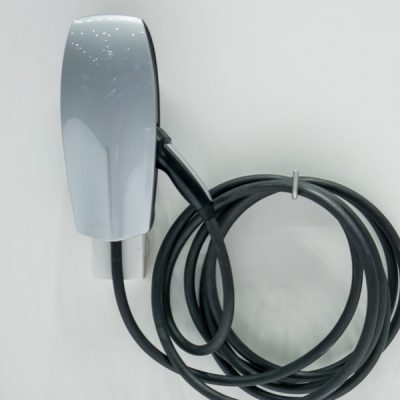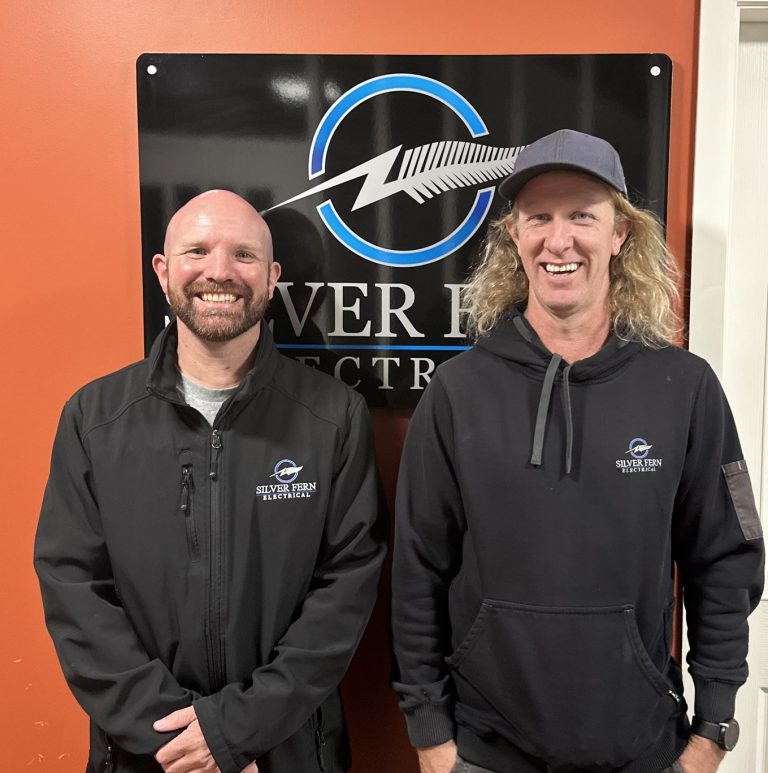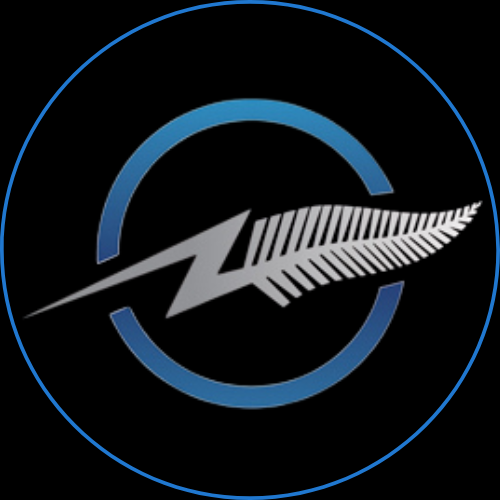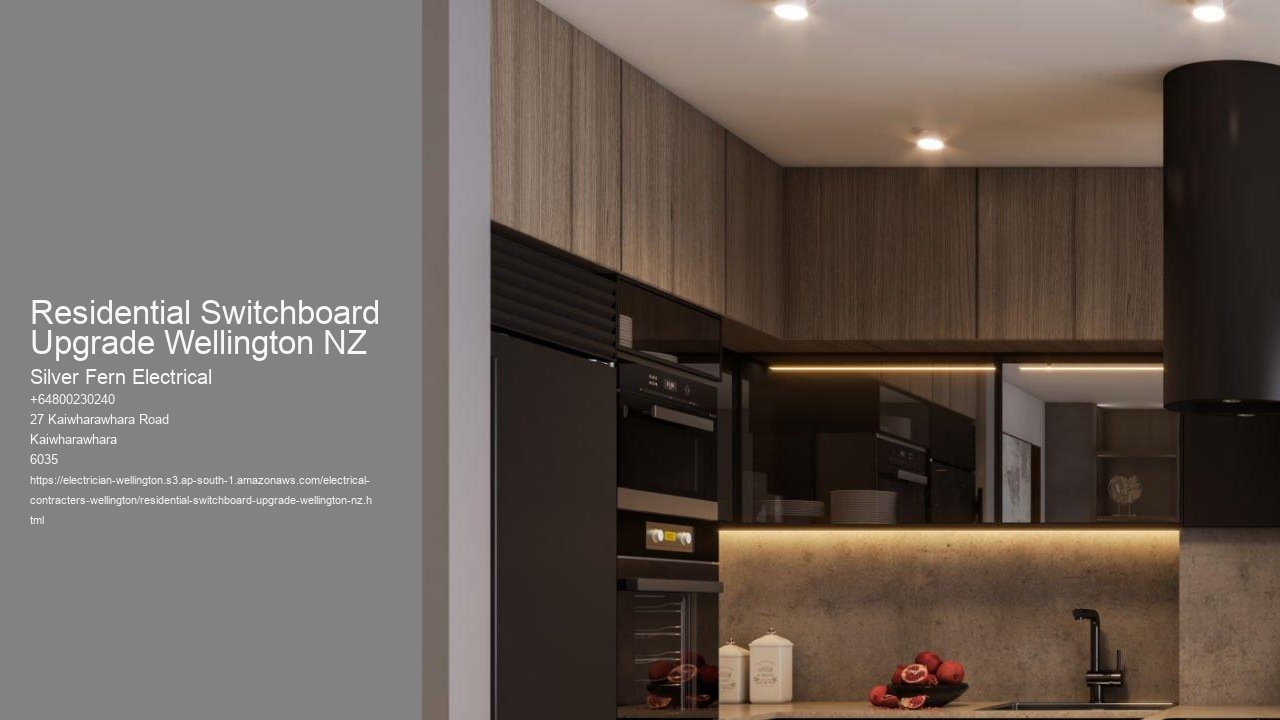Wellington is the resources city of New Zealand. It is located at the south-western tip of the North Island, between Cook Strait and the Remutaka Range. Wellington is the third-largest city in New Zealand (second biggest in the North Island), and is the management centre of the Wellington Region. It is the world's most southern funding of a sovereign state. Wellington includes a temperate maritime environment, and is the world's windiest city by typical wind speed. Māā ori dental practice informs that Kupe discovered and checked out the region in about the 10th century. The location was originally worked out by Māā ori iwi such as Rangit ā ne and Muaūū poko. The disturbances of the Musket Battles brought about them being overwhelmed by north iwi such as Te ĀĀ ti Awa in the very early 19th century. Wellington's existing kind was initially created by Captain William Mein Smith, the initial Surveyor General for Edward Wakefield's New Zealand Business, in 1840. Smith's plan consisted of a series of interconnected grid plans, increasing along valleys and reduced hill slopes, yet without actually taking the terrain into account. The Wellington urban location, which just includes urbanised areas within Wellington City, has a populace of 208,800 since June 2024. The broader Wellington metropolitan area, including the cities of Lower Hutt, Porirua and Upper Hutt, has a populace of 432,600 as of June 2024. The city has worked as New Zealand's resources since 1865, a status that is not specified in legislation, yet developed by convention; the New Zealand Government and Parliament, the High Court and most of the public service are based in the city. Wellington's economy is mainly service-based, with a focus on finance, service services, government, and the movie market. It is the centre of New Zealand's film and special results markets, and significantly a hub for infotech and development, with 2 public research universities. Wellington is among New Zealand's chief ports and offers both residential and global shipping. The city is primarily offered by Wellington Airport in Rongotai, the nation's third-busiest flight terminal. Wellington's transport network consists of train and bus lines, which reach as far as the Kāā piti Coastline and the Wairarapa, and ferries attach the city to the South Island. Commonly described as New Zealand's cultural capital, the culture of Wellington is a diverse and usually youth-driven one. One of the world's most livable cities, the 2021 Global Livability Position connected Wellington with Tokyo as 4th on the planet. From 2017 to 2018, Deutsche Financial institution ranked it initially on the planet for both liveability and non-pollution. Social districts such as Cuba Street and Newtown are renowned for innovative advancement, "op shops", historical character, and food. Wellington is a leading monetary centre in the Asia-Pacific region, being placed 46th worldwide by the Global Financial Centres Index for 2024. The international city has actually expanded from a busy Māā ori negotiation, to a colonial station, and from there to an Australasian resources that has experienced a "exceptional creative renewal".
.




